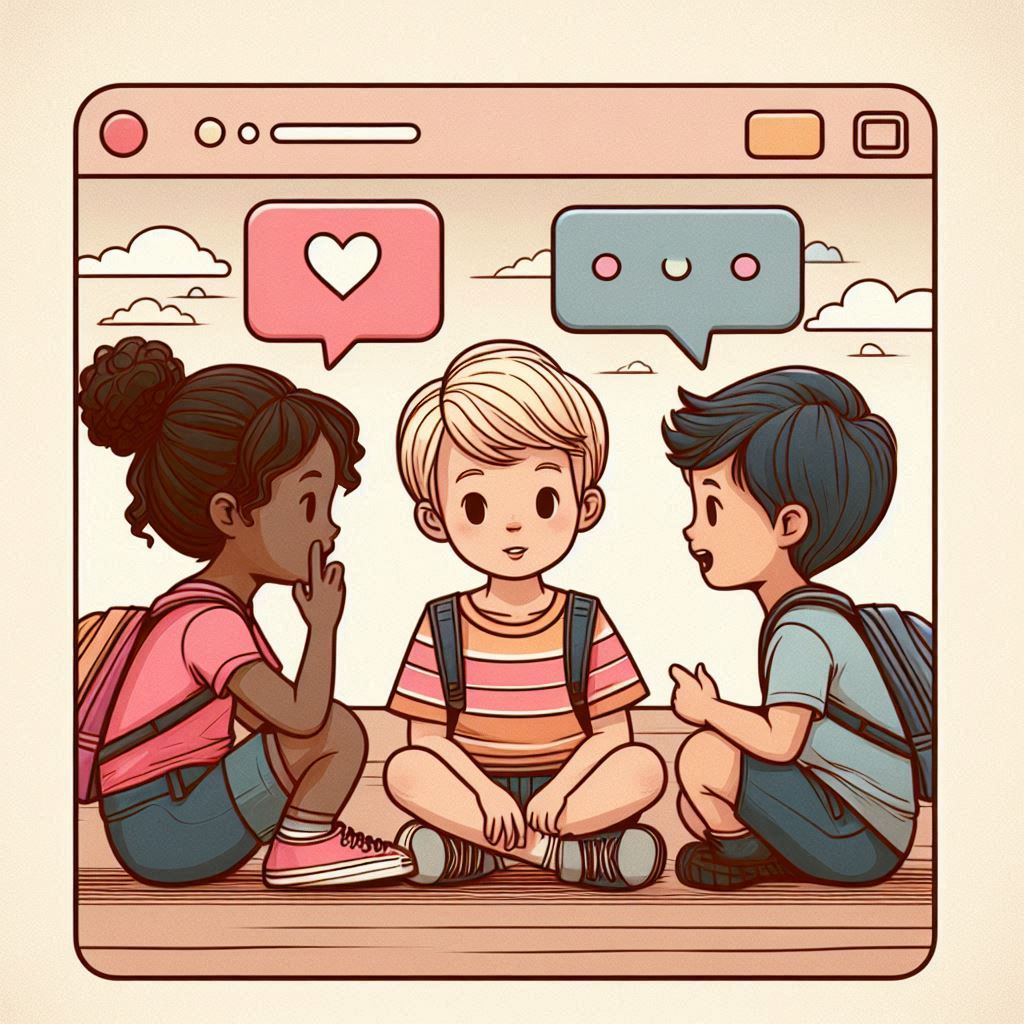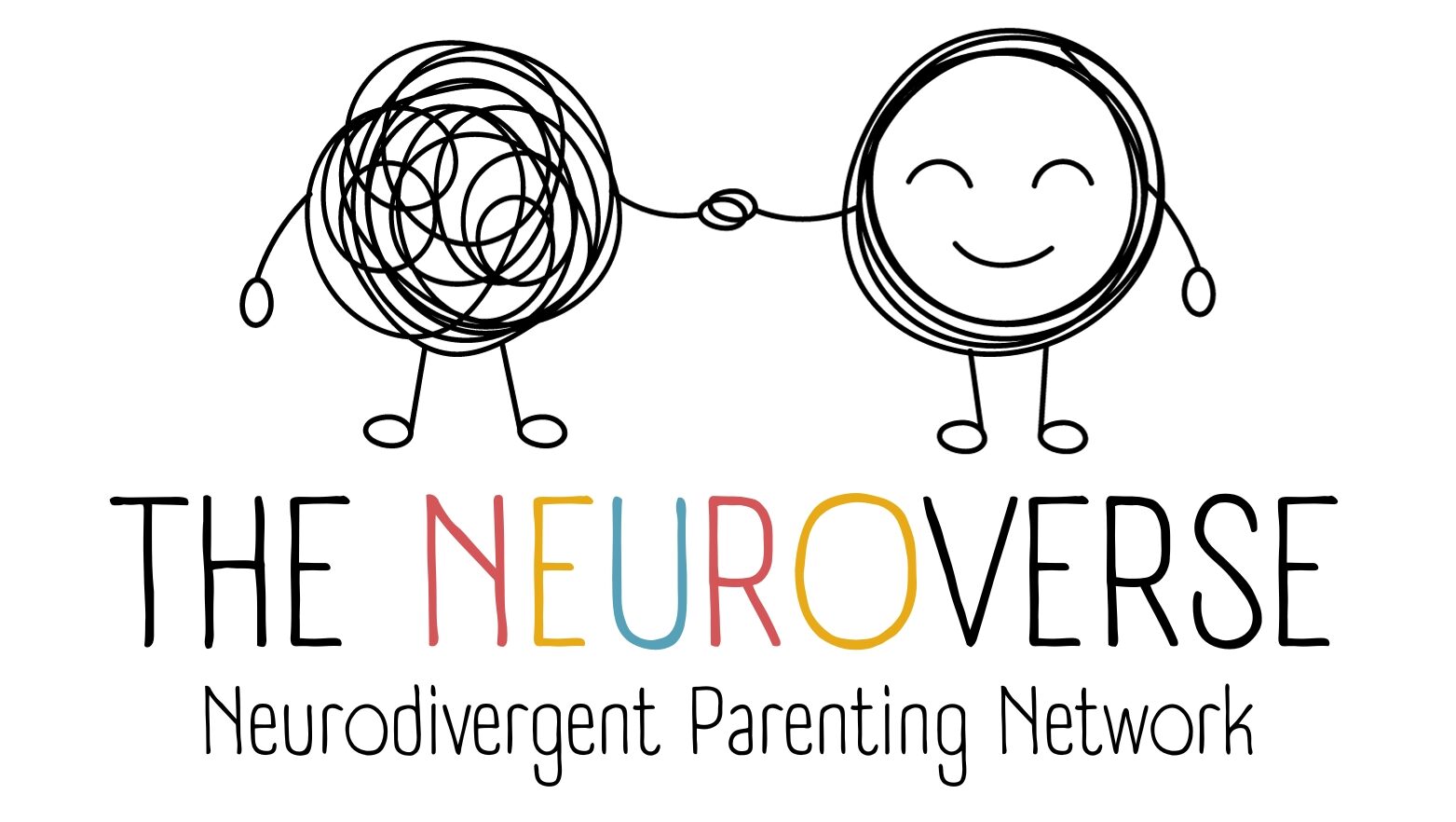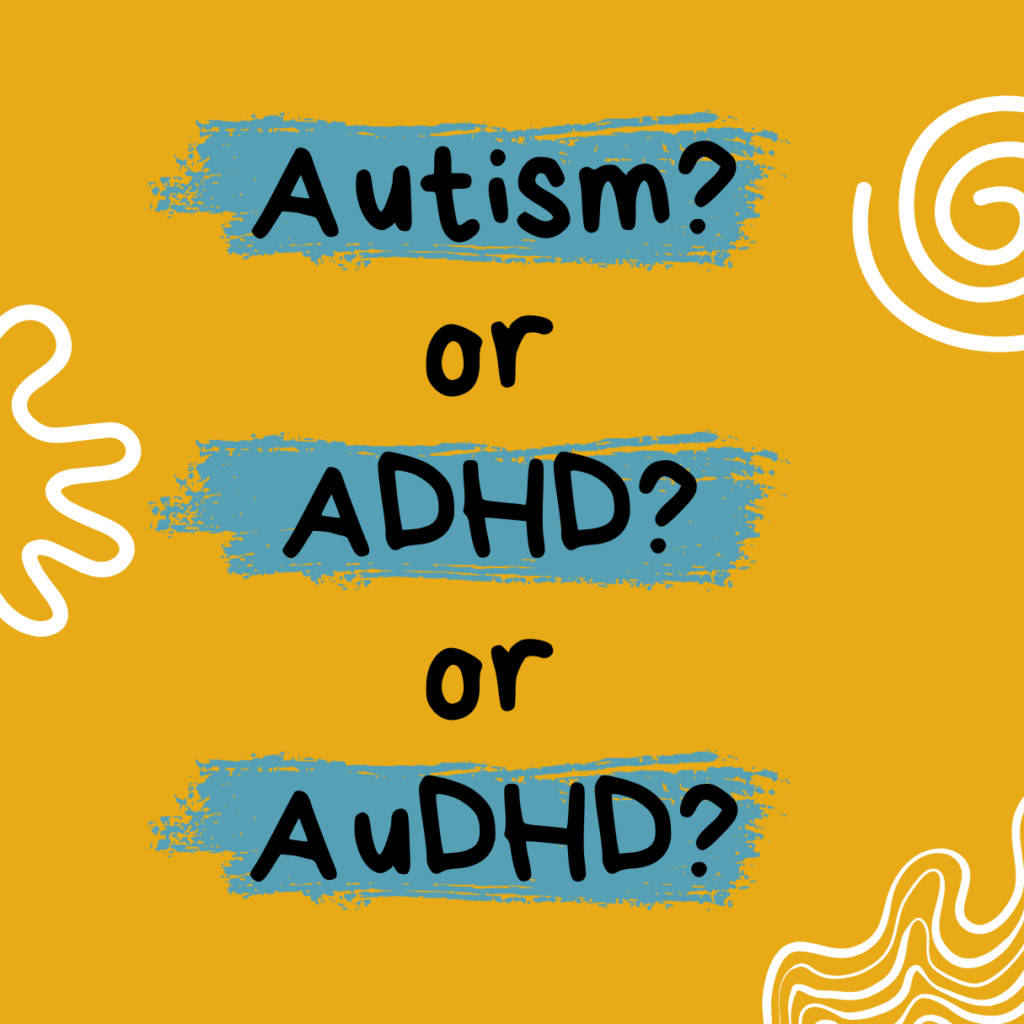“You’re Too Social to Be Autistic”

“You’re Too Social to Be Autistic” – The Misunderstood Reality of Autism and Social Interaction
When most people think of autism, they often imagine a child sitting alone, avoiding eye contact, and showing little interest in socialising. This stereotype leads to a common misconception: “You’re too social to be autistic.” In reality, autism presents in many different ways, and social difficulties do not always mean a complete lack of interest in people. Many autistic children do want to socialise but struggle with the nuances of social interaction, leading to misunderstandings, exhaustion, and difficulties forming relationships.
Autistic Sociability: Different, Not Absent
One of the biggest myths about autism is that autistic individuals don’t want friends or meaningful social connections. The truth is, many autistic children are eager to socialise—they simply engage in ways that might not align with neurotypical expectations. Here’s how autistic social behaviour can differ:
- Intense Social Interest: Some autistic children are highly social but may struggle with understanding boundaries, personal space, or taking turns in conversation. Their enthusiasm can sometimes overwhelm peers, leading to social rejection.
- One-Sided Conversations: Many autistic individuals are passionate about specific topics. They might excitedly share facts about their interests but struggle with reciprocal conversation, making it hard to sustain friendships.
- Struggles with Social Cues: Neurotypical children learn to pick up on unspoken social rules naturally. Autistic children, however, might miss subtle cues like sarcasm, facial expressions, or shifts in tone, leading to misinterpretations and social awkwardness.
- Preference for Structured Socialisation: Unstructured play or casual chit-chat can feel unpredictable and stressful. Many autistic children thrive in structured social settings, where there are clear rules and expectations, such as clubs, board games, or shared special interests.
- Social Burnout: Even those who are highly social may become overwhelmed by the demands of interaction. Processing conversations, facial expressions, and body language simultaneously can be exhausting, leading to withdrawal after prolonged social engagement.
The Challenges of Socialising for Autistic Children
Despite their desire for connection, autistic children often face significant obstacles in building and maintaining friendships. These challenges can affect their confidence and mental well-being.
- Difficulty with Friendship Dynamics: Many autistic children want friends but struggle with the unwritten rules of socialising. They may be too blunt, struggle with give-and-take interactions, or become frustrated when peers do not share their interests.
- Sensory Overload in Social Settings: Environments like noisy playgrounds or busy classrooms can be overwhelming. Background noise, unpredictable interactions, and sensory input can make socialising feel chaotic and stressful.
- Misinterpretation of Behaviour: Because their social style differs, autistic children are often misunderstood. A child who avoids eye contact may be perceived as rude; one who talks extensively about dinosaurs may be seen as self-centred. These misinterpretations can lead to exclusion or bullying.
- Emotional Regulation Struggles: Navigating friendships involves managing emotions, understanding when to apologise, and recognising when someone is upset. Autistic children may struggle with these aspects, leading to conflicts or abrupt friendship breakups.
Supporting Autistic Children in Social Development
With the right support, autistic children can develop meaningful relationships while staying true to their authentic selves. Some strategies to help include:
- Teaching Explicit Social Skills: Unlike neurotypical children, autistic children may need direct instruction on social rules, turn-taking, or recognising emotions in others.
- Encouraging Special Interest Friendships: Finding peers who share their interests can make socialising easier and more enjoyable.
- Providing Alternative Communication Methods: Some autistic children find it easier to connect through written communication, structured activities, or online gaming rather than face-to-face conversation.
- Allowing for Social Breaks: Social interaction can be draining. Encouraging downtime helps prevent burnout.
- Educating Peers: Teaching neurotypical children about autism fosters understanding and acceptance, creating more inclusive friendships.
Conclusion
Autistic children are not “too social to be autistic”—they simply socialise in ways that may not align with neurotypical expectations. Their desire for connection is real, but the way they navigate relationships can be different, challenging, and sometimes exhausting. By shifting our perspective and providing the right support, we can help autistic children build fulfilling social connections while respecting their unique ways of engaging with the world.
References
Sasson, N. J., & Morrison, K. E. (2019). First impressions of adults with autism improve with diagnostic disclosure and increased autism knowledge of peers. Autism, 23(1), 50–59. https://doi.org/10.1177/1362361317729526
Crompton, C. J., Ropar, D., Evans-Williams, C. V. M., Flynn, E. G., & Fletcher-Watson, S. (2020). Autistic peer-to-peer information transfer is highly effective. Autism, 24(7), 1704–1712. https://doi.org/10.1177/1362361320919286
Milton, D. E. M. (2012). On the ontological status of autism: the ‘double empathy problem’. Disability & Society, 27(6), 883–887. https://doi.org/10.1080/09687599.2012.710008
Schilbach, L. (2022). Autism and other disorders of social interaction: where we are and where to go from here. European Archives of Psychiatry and Clinical Neuroscience, 272(2), 173–175. https://doi.org/10.1007/s00406-022-01391-y
Frazier, T. W., Dawson, G., Murray, D., Shih, A., Sachs, J. S., & Geiger, A. (2018). Brief Report: A Survey of Autism Research Priorities Across a Diverse Community of Stakeholders. Journal of Autism and Developmental Disorders, 48(11), 3965–3971. https://doi.org/10.1007/s10803-018-3642-6
Kapp, S. K., Gillespie-Lynch, K., Sherman, L. E., & Hutman, T. (2013). Deficit, difference, or both? Autism and neurodiversity. Developmental Psychology, 49(1), 59–71. https://doi.org/10.1037/a0028353
American Psychiatric Association. (2013). Diagnostic and statistical manual of mental disorders (5th ed.). Arlington, VA: American Psychiatric Publishing.
Attwood, T. (2007). The Complete Guide to Asperger’s Syndrome. London: Jessica Kingsley Publishers.
White, S. W., Keonig, K., & Scahill, L. (2007). Social Skills Development in Children with Autism Spectrum Disorders: A Review of the Intervention Research. Journal of Autism and Developmental Disorders, 37(10), 1858–1868. https://doi.org/10.1007/s10803-006-0320-x



Leave a Reply